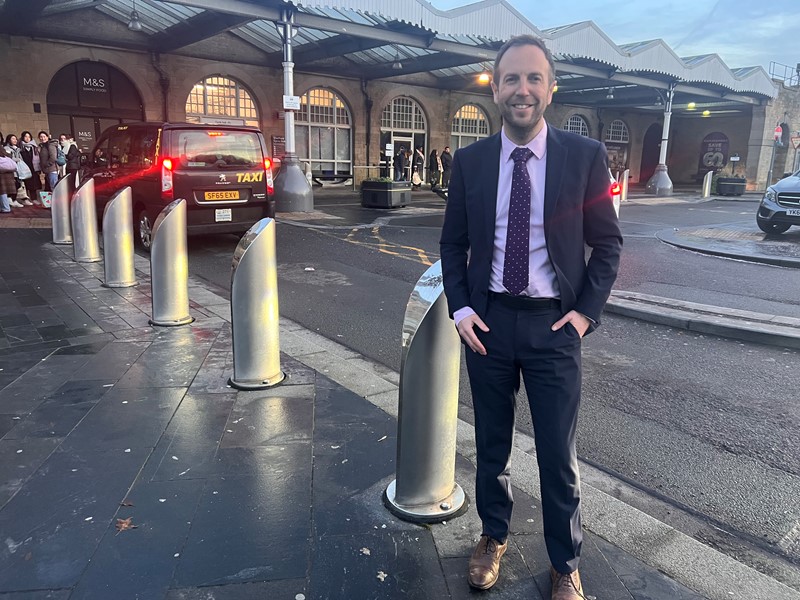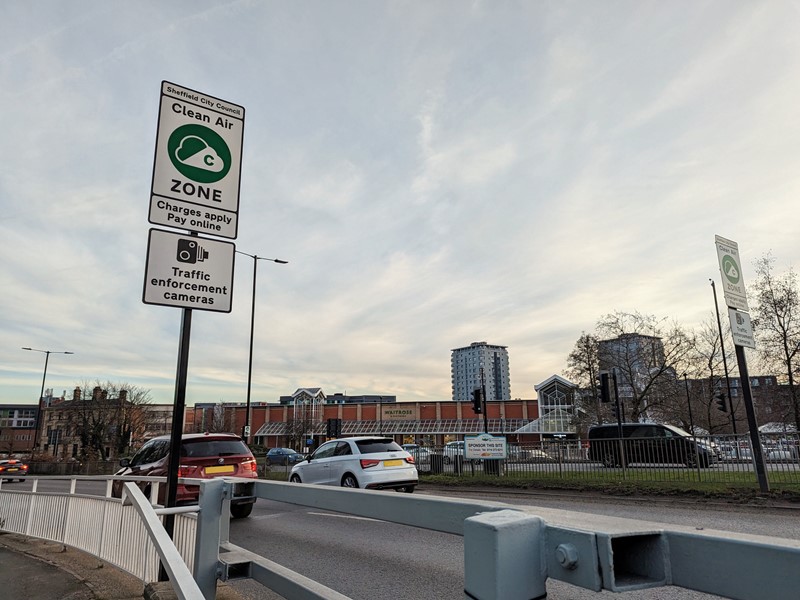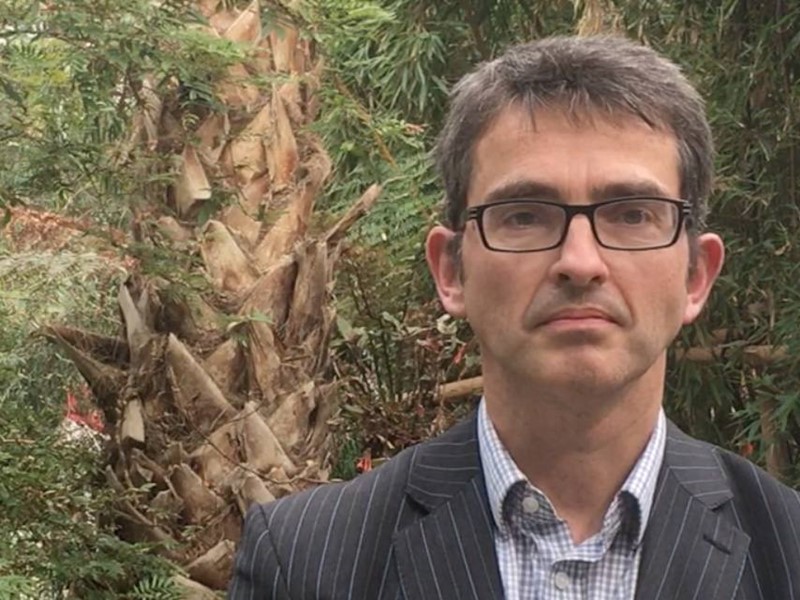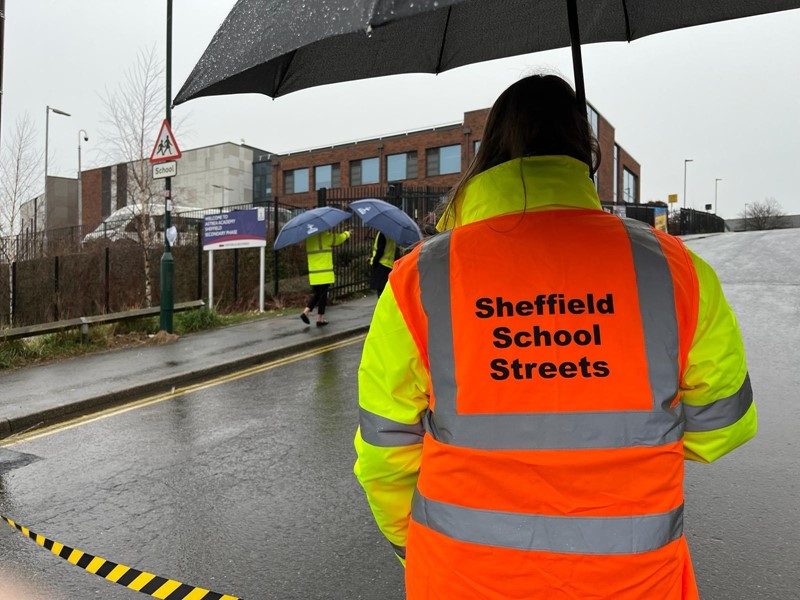Following the launch of Sheffield’s Clean Air Zone (CAZ) earlier this year, data shows there has been a significant increase in compliant vehicles driving in the CAZ and wider areas of the city.
Public Health leads warn no air pollution limit is a safe limit
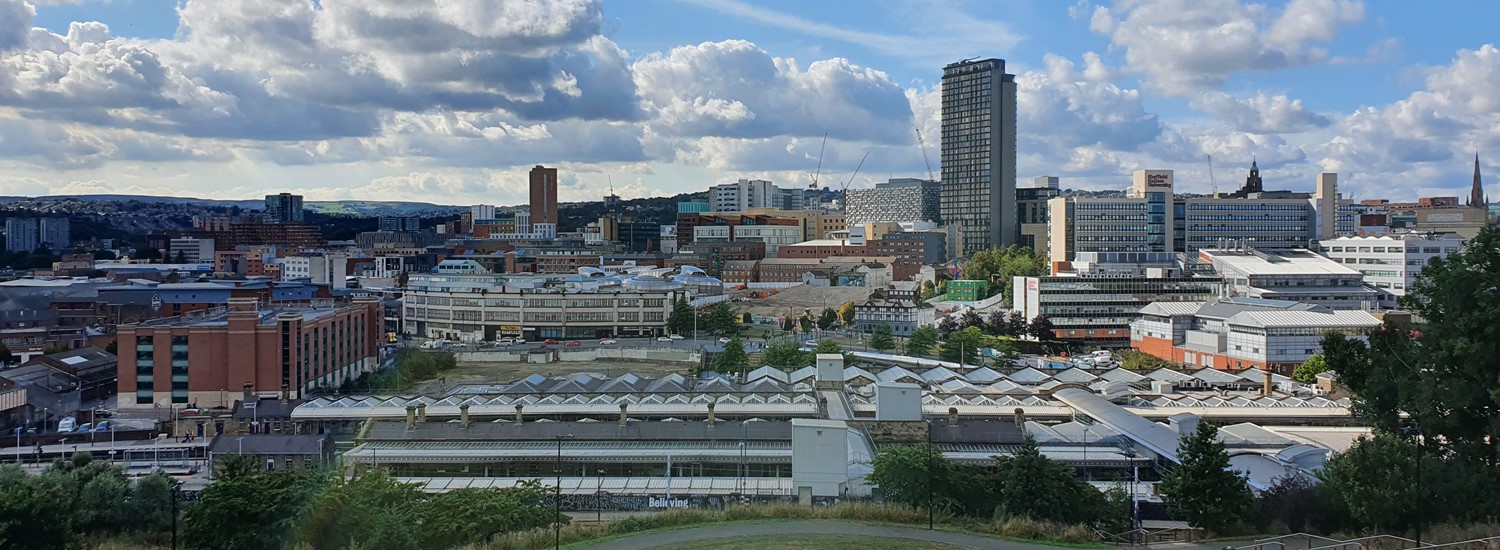
By Chris Gibbons, Public Health Principle, Sheffield City Council
Greg Fell, Director of Public Health, Sheffield City Council
Poor air quality makes people sick, worsens existing health conditions, increases pressure on the NHS, and can kill people before their time. Quantifying it is complicated.
Air pollution, for the most part, is an invisible danger that that causes many life-threatening conditions, such as stroke, bronchus and lung cancer, asthma, and chronic obstructive pulmonary disorder (COPD).
There is almost no disease process that is not accelerated by one form of pollution or the other.
For injury or death caused by more obvious causes, such as being involved in a vehicle collision, falling off a cliff edge or being struck by a sharp object, such as a knife, it's easy to see the immediate connection between an event and the cause of injury or death.
For alcohol or tobacco use, consumption of highly processed foods and breathing in air pollution, disease is caused by long-term exposure through complex but quite well understood biological processes and, although not everyone exposed will get sick, when large populations are exposed over long periods of time, the cost in sickness and death can mount quickly.
According to the World Health Organisation, in 2019, outdoor air pollution is estimated to have caused 4.2million premature deaths worldwide [1].
Closer to home, air pollution, defined as a combination of nitrogen dioxide (NO2) and particulate matter, contributes to between 28,000 to 36,000 deaths in the UK each year [2] with road transport responsible for 80 per cent of roadside NO2 pollution alone [3]. More recent data suggests that the death toll in the UK is now rising closer to 40,000 mark each year in the UK.
When it comes to air pollution the evidence is clear – there is no ‘safe limit’. That's because people don’t typically experience health risks in isolation, but rather in complex and interacting ways. The causal link between exposure, ill health and death is less straightforward.
For example, if we take a group of individuals, one may be overweight, a smoker and regular drinker of alcohol and works in an area where air quality is very poor.
Another may suffer from chronic asthma and diabetes, has never smoked, but lives in the same area and breathes the same poor-quality air, and a child lives in the same area and currently has no health problems.
Over time, because of their continued exposure to air pollution, each of these individuals is at higher risk of developing respiratory health problems. All of these people will be harmed, and some of that harm will come as a direct result of breathing polluted air.
If we scale up these examples to the level of the neighbourhood, ward, or city population, using the ‘Population Attributable Fraction’ concept, we can understand the proportion of disease or death that would be prevented if we reduced air pollution to a lower level.
Children and the elderly are particularly vulnerable to the damage caused by air pollution. For children, damage occurs across a lifetime and the effects begin as early as the baby’s first weeks in the womb. We know that the heart, brain, hormone systems and immunity can all be harmed by air pollution [4]. Poor health early in life often leads to poor health later in life and affects how well a child does at school.
This way, the evidence is telling us that many children are having their whole lives influenced by the effects of air pollution, and this isn’t something they can control. This is not fair, and it is not good for society.
The estimated annual cost of air pollution to the UK is £20 billion. Improving air quality will help people to stay independent and well, easing the pressure on the NHS and social services.
In short, reducing the damage from air pollution saves money by saving lives.
Just as we can estimate the proportion of death and disease caused by air pollution, we also know that both poor health and higher exposure to air pollution are not equally distributed across the city.
People in poorer neighbourhoods and communities are at higher risk than others because they often live, learn or work where they are exposed to higher levels of traffic and industrial pollution. This exposure means that they can expect to die younger and live more of their lives in poor health. These vulnerabilities are heightened due to poor housing, the stress of living on a low income and limited access to healthy food and green spaces [5].
Air pollution is widening these health inequalities and helping to trap whole communities in poverty.
We have the tools to reduce air pollution, and to build a healthier, more productive society. This includes Clean Air Zones, like the one introduced in Sheffield. They will take us a step closer to cleaner air and healthier lives for local people. The Clean Air Zone by itself is not a panacea, it will not alone get us to safe air. However, the evaluation coming from London clearly points to the positive impact for health.
Evaluations have shown that similar zones in London have markedly reduced air pollution. Following the inquest into nine-year-old Ella Roberta Adoo-Kissi-Debrah’s death, who died of an acute asthma attack, air pollution was recorded as a cause of death, this was a first, but it will not be the last.
It was found that the government have a lot more to do to speed up reductions in air pollution. Local government cannot and should not shirk our responsibility either. In years to come our children will ask us what we did about this known and preventable risk to our health.
We owe it to our residents today, and to the next generation.
Notes to Editors
References
[1] Who Health Organisation: https://www.who.int/news-room/fact-sheets/detail/ambient-(outdoor)-air-quality-and-health
[2] Committee on the Medical Effects of Air Pollutants (COMEAP): Associations of long-term average concentrations of nitrogen dioxide with mortality (2018): COMEAP summary - GOV.UK (www.gov.uk)
[3] Department for Environment, Food and Rural Affairs (2017) UK plan for tackling roadside nitrogen dioxide concentrations: Air quality plan for nitrogen dioxide (NO2) in UK (2017) - GOV.UK (www.gov.uk)
[4] Royal College of Physicians & Royal College of Paediatrics and Child Health. Every breath we take: 2016: https://www.rcplondon.ac.uk/projects/outputs/every-breath-we-take-lifelong-impact-air-pollution
[5] Royal College of Physicians & Royal College of Paediatrics and Child Health. Every breath we take: 2016: https://www.rcplondon.ac.uk/projects/outputs/every-breath-we-take-lifelong-impact-air-pollution
